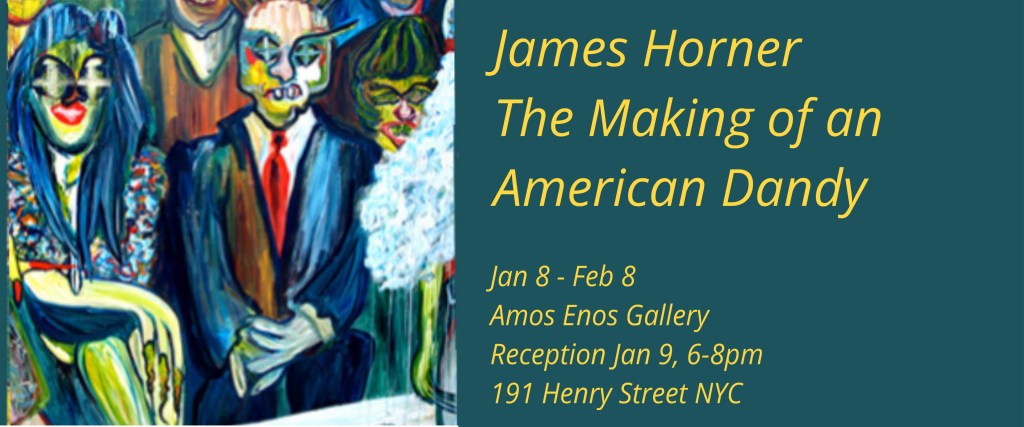Contributed by Adam Simon / I was struck by the last two sentences of Saul Ostrow’s essay, “Painting simulacra: Brice Marden, David Reed, and Gerhard Richter.” He writes: “Marden, Reed, and Richter have sustained abstract painting’s aesthetic and cultural value as a mode of resistive thinking. In most cases, though, this has been misread or at least subsumed by its own model, thereby giving rise to the kind of acritical aestheticism and nostalgia that bolsters painters who promote gestural abstraction as a genre or motif rather than a mode of inquiry.” It took a minute to unpack this statement and allow it to sink in. Ostrow’s critique is dense, and appears to implicate most contemporary gestural abstract painters as well as contemporary criticism that dismisses the possibility of radical formalism.
Ideas about Painting
Painting simulacra: Brice Marden, David Reed, and Gerhard Richter
Contributed by Saul Ostrow / “Let the Painting Make You,” the exhibition of Brice Marden’s last paintings; at Gagosian Gallery, set me to thinking about the relationship between Marden’s earlier gestural works and Gerhardt Richter’s process-oriented abstract paintings, which in turn led me to consider the connection of their works to those of David Reed and then to the French artists Simon Hantai and Bernard Frize who, like Reed, creates the illusion of an impossible spontaneity. Slowly, I came to focus on the question of why Richter is identified with post-modernism, while Marden and Reed’s works are most often critically identified as being quintessentially modernist and formalist. While Hantai (the modernist?) and Frieze (the post-modernist?) fit the question of what constitutes post-modern abstract painting, their references and histories are different for consideration here. Instead, I decided I would focus on Richter, Reed and Marden all who seem to transgress the formalist and modernist dictums that were generated in the 1950s and 1960s in the United States and then exported abroad, as such Hantai and Frize are part of another genealogy.
Two Pieros for Mary Hambleton
Contributed by Ken Buhler / One afternoon last summer I decided to go to the National Gallery in London. I was in upstate New York, idly […]
Carter Ratcliff: Art in the age of Trump
Contributed by Carter Ratcliff / Let�s begin with a painting�not sure it�s a work of art�that could have been painted only now, during Trump�s presidency. This […]
Brian Dupont and Rachael Nevins: Suffering for something beautiful
Contributed by Sharon Butler /�Brian Dupont’s�paintings, on view at Adah Rose Gallery in Bethesda, Maryland, through December 31, are uniquely transfixing for several reasons. One […]
Unlimited: Painting and political upheaval
Contributed by Sharon Butler / During the 1960s, the world was rocked by massive political upheaval. In May 1968, two weeks of student riots in Paris […]
A brief history of food as art
The latest issue of Smithsonian Journeys Travel Quarterly, called the “Atlas of Eating,” features travel articles related to food, such as “How Food Became Religion in Peru’s Capital City” […]
The backstory: Supports/Surfaces survey at CANADA
In 2011, seeing a relationship to the casualist tendency in contemporary art, I posted about Claude Viallat’s work and the inventive art movement known as […]
The Casualist tendency
This essay, which builds upon an essay about contemporary abstract painting that I wrote for The Brooklyn Rail in 2011, was just published in the […]
Claude Viallat: Exploring Casualist abstraction in 1960s France
I recently stumbled upon old work by Claude Viallat, which strikes me as a precursor to the Casualist aesthetic. Born in Nimes, France in 1936, […]
The New Casualists
Contributed by Sharon Butler / The pioneers of abstraction — the Cubists, the Abstract Expressionists, the Minimalists — emerged from firm and identifiable aesthetic roots […]
Why is Wendy White still beneath the radar?
Wendy White, “Hip Replacement,” 2009, 91 1/2 x 196 in In the Fall Arts Preview at The L Magazine, Paddy Johnson wonders why Wendy White […]
Alex Katz’s “delicate craquelure”
Contributed by Sharon Butler / In my littleattic workroom, progress continues on a series of small paintings I started this past summer in Beacon, NY. […]
“I’ll have my Facebook portrait painted by Matt Held”
For years Brooklyn artist Matt Held painted portraits from old family photos, but this past Thanksgiving he began using Facebook portraits as source material. On […]
Finding painting’s pulse
In Smithsonian Magazine, Paul Trachtman looks at contemporary painting and reports a renewed belief in the medium. “In recent years, a number of painters have […]
































